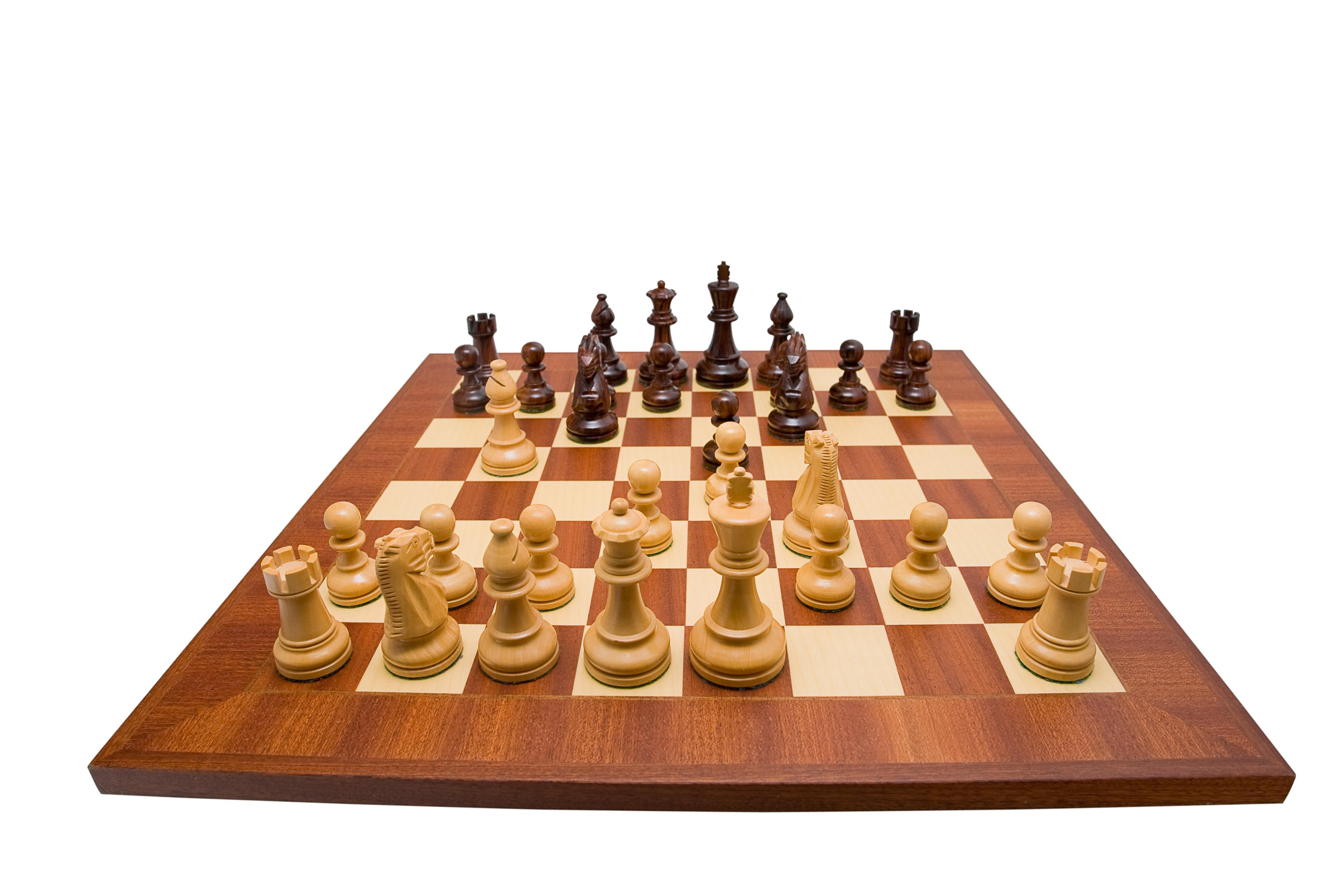

The next two video presentations examine the positions resulting from 1.e4 e5 2.Nf3 Nc6 3.Bb5 a6 4.Ba4 Nf6 5.0-0 Be7 6.d3. Kasimdzhanov first looks at the variation 1.e4 e5 2.Nf3 Nc6 3.Bb5 g6 played by Carlsen against Nakamura in St. Kasimdzhanov, however, does cover a variety of alternative lines along the way.Įven more video segments (seven) are devoted to variations of the Ruy Lopez. Each of the three video segments examines a different 7th move for Black.

But more recently, 5.Nc3 has been played, leading to a more comfortable game for White.Ĭaro-Kann players are treated to three video segments here, with all three concentrating on the line 1.e4 c6 2.d4 d5 3.e5 Bf5 4.Nf3 e6 5.Be2 c5 6.Be3 Qb6 7.Nc3. After 1.e4 e5 2.Nf3 Nf6 3.Nxe5 d6 4.Nf3 Nxe4, the traditional continuation had been 5.d4 d5, which seems fine for Black. Of benefit to non-GMs, he also clearly explains why, to his understanding, the theory has been changing, how a previous move may have been refuted to some extent.įor example, in his Petroff segment, he explains why top-level players may have been a bit frightened away recently from using this defense. He explains what had been commonly played in the past, and what current theory has to say. Kasimdzhanov delves deeply into this opening analysis, often extending 20 moves or more, as well as including important variations along the way.


 0 kommentar(er)
0 kommentar(er)
